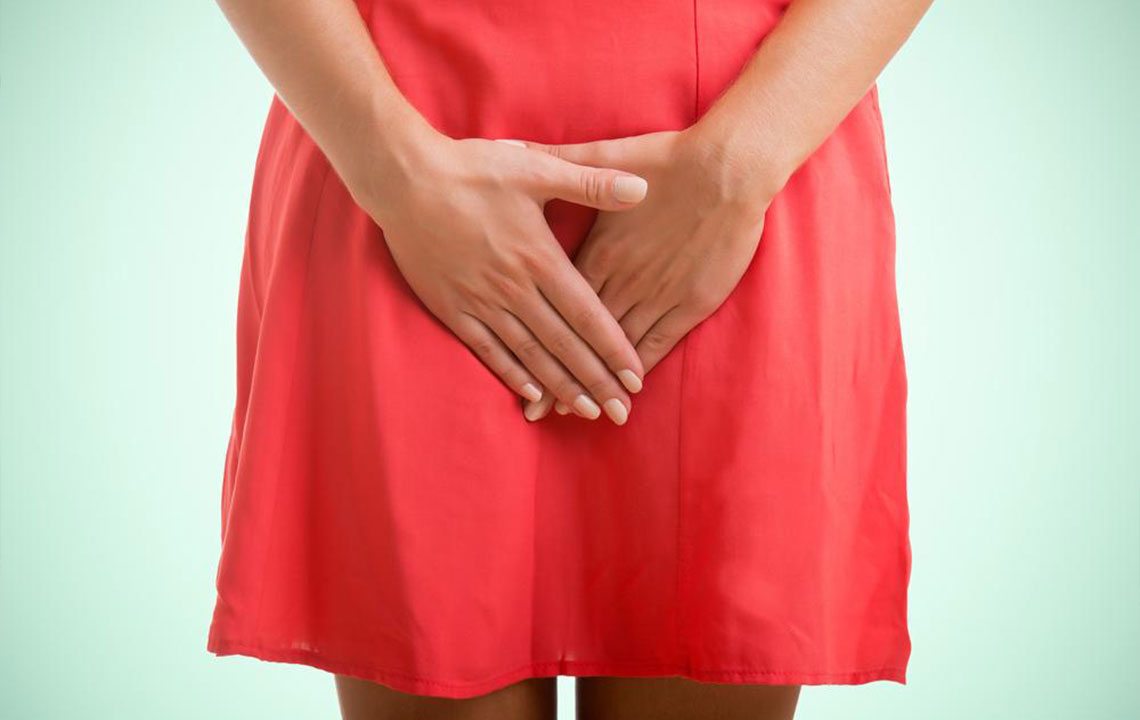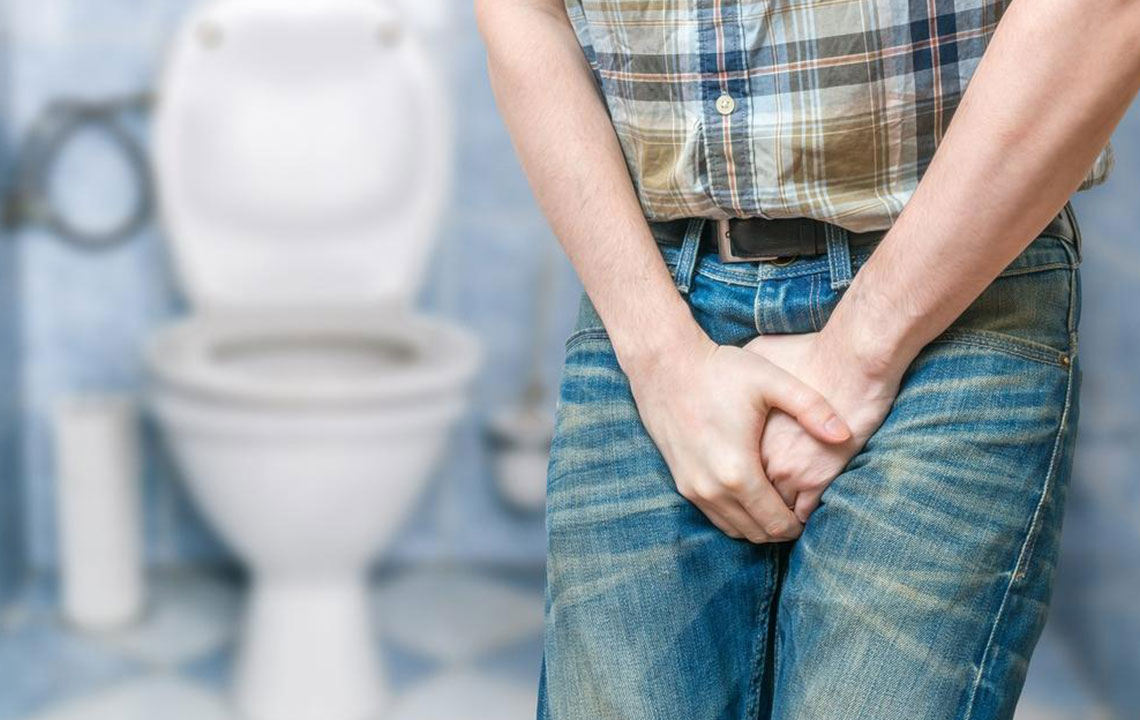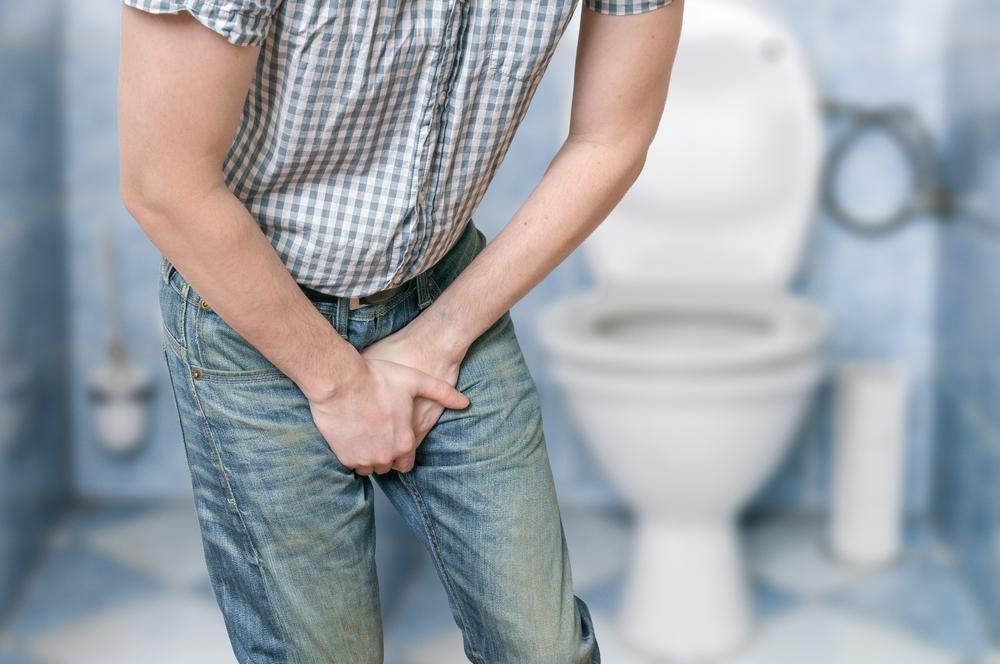Managing Women’s Frequent Urination: Causes and Remedies
This article explores the common causes of frequent urination in women, including UTIs, overactive bladder, hormonal changes, and diabetes. It offers practical treatment options such as medications, lifestyle adjustments, and pelvic exercises to manage symptoms effectively. Understanding these factors helps women seek appropriate care and improve their quality of life.

Managing Women’s Frequent Urination: Causes and Remedies
Frequent urination, defined as needing to urinate eight or more times daily, affects both genders due to various health conditions.
Common Reasons:
Women often experience increased urination due to several medical factors.
Urinary tract infections (UTIs), caused by bacterial infection of the bladder, are a leading cause. Dehydration, delayed urination, poor hygiene, pregnancy, sexual activity, and diabetes can increase UTI risk.
Overactive bladder (OAB), particularly common in women, can be triggered by hormonal changes during menopause, excess weight, neurological conditions like multiple sclerosis, or injuries.
Pelvic muscle weakness hampers bladder control, leading to increased urgency. This often occurs after childbirth or with advancing age.
Diabetes elevates urination frequency as the body works to eliminate surplus glucose.
Interstitial cystitis causes discomfort and frequent urination, though its precise cause remains uncertain.
Pregnancy naturally increases urination due to uterine expansion pressing on the bladder.
Other factors include bladder stones, tumors, and effects from radiation therapy.
Treatment Strategies:
Managing frequent urination involves addressing the underlying cause.
For example:
If OAB is identified, lifestyle changes, pelvic exercises, and dietary adjustments are recommended.
Antibiotics can effectively treat UTIs, reducing urination frequency.
Controlling blood sugar levels in diabetes helps decrease excess urination.
While disruptive, frequent urination can often be managed effectively with medical intervention and lifestyle modifications.


